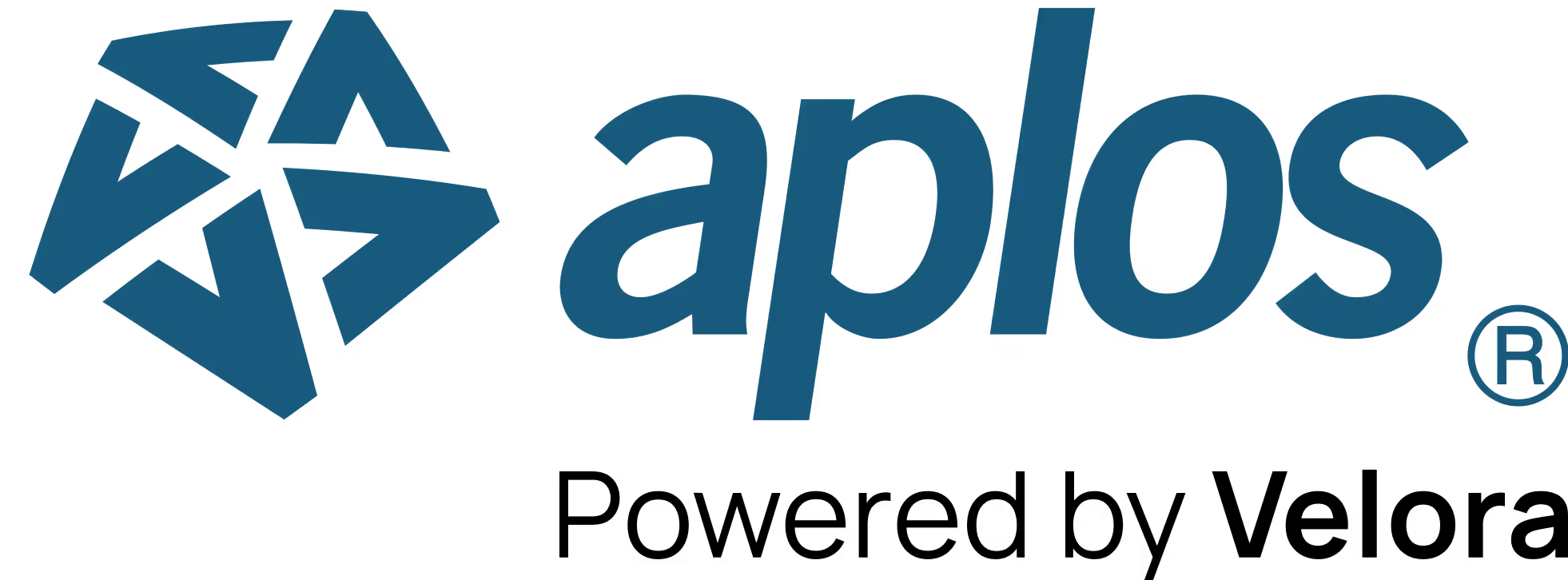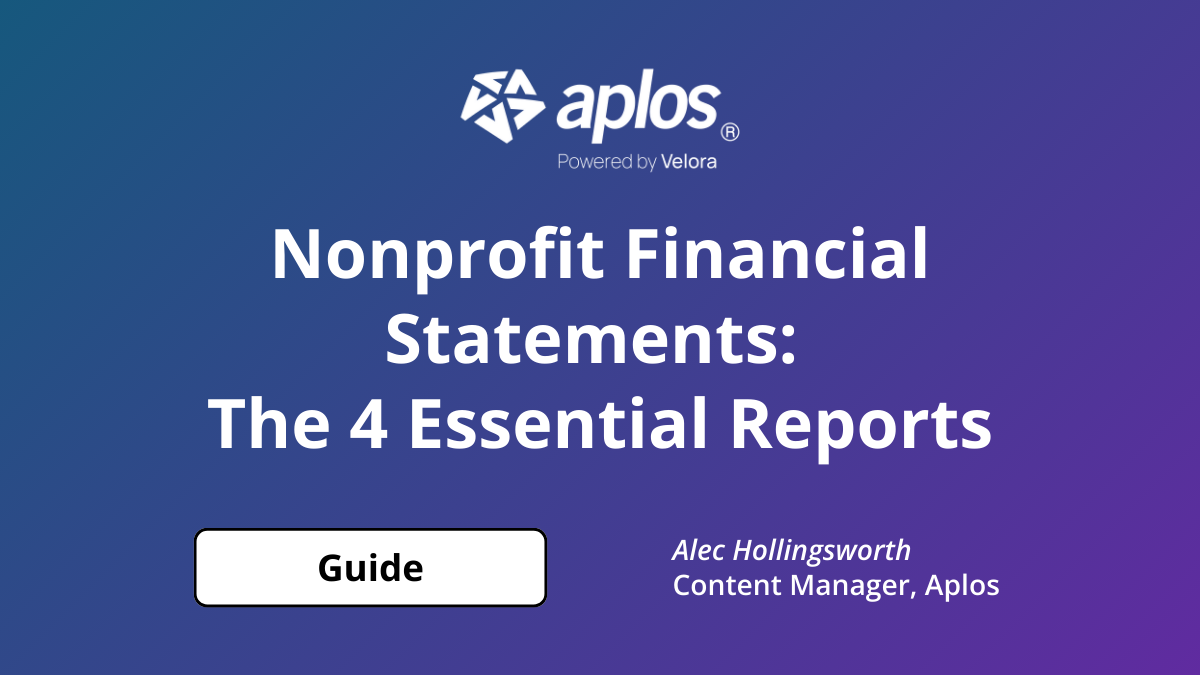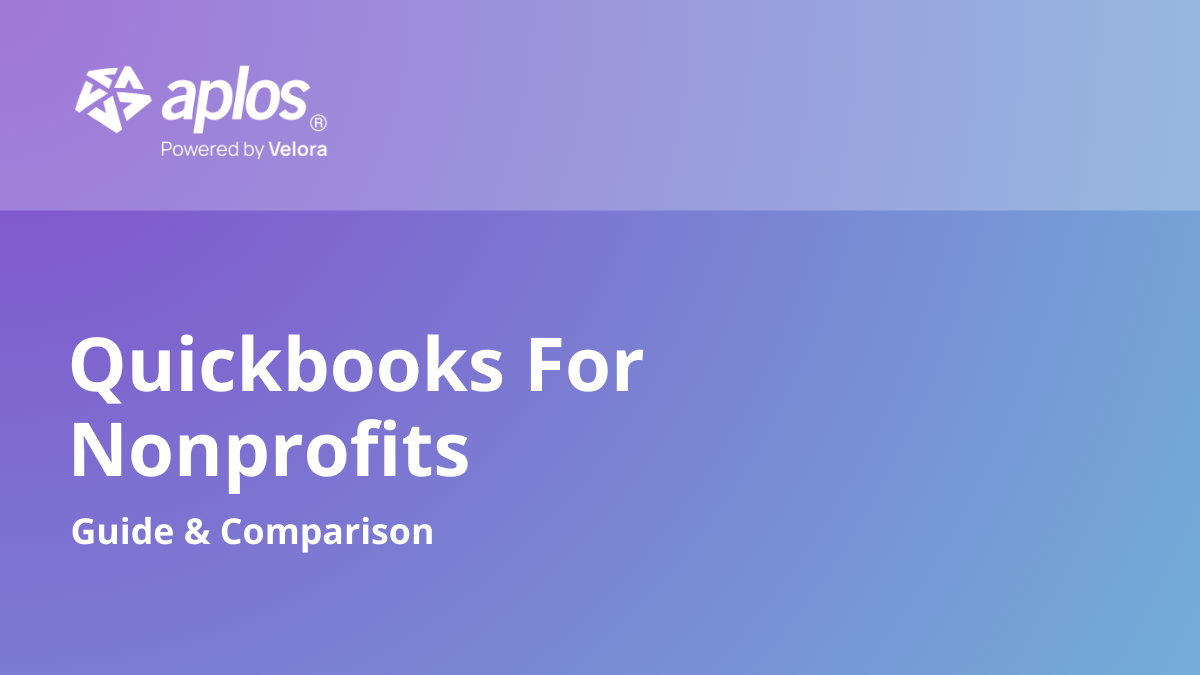
At the heart of every nonprofit's funding success is a strong network of major donors. These individuals provide substantial funding that can push nonprofits closer to both their mission-centric and revenue goals.
However, as with any form of support, donor acquisition is only half the battle. Finding and forming lasting relationships with potential major donors takes strategic effort, insight, and patience. That means going beyond generic appeals and embracing a research-backed, personalized approach.
That’s why we’ve created this guide. We’ll start by covering what a major donor is so that your team is prepared to single out prospects, cultivate genuine relationships with them, and ultimately win their support.
What Is a Major Donor?
Major donors are the individuals who contribute noteworthy or above-average gifts that have a substantial impact on nonprofit organizations. The level of giving that separates major donors from other donors varies from organization to organization, so there’s no universal threshold for what constitutes a major gift.
Major donors can be anyone from all different walks of life. They can be parents, grandparents, aunts and uncles, teachers, neighbors, and friends. That’s why nonprofits must conduct prospect research—“the process of gathering and analyzing information about potential major donors to understand their ability to give and cultivate strong relationships with them,” according to Insightful Philanthropy.
Prospect research enables nonprofits to identify major donors and make data-backed outreach decisions that are more likely to secure the individual’s support. After all, the one primary characteristic all major donors have in common is that they want to make a significant impact on the lives of others through an organization they believe in. Effective prospect research helps you identify those individuals and demonstrate to them that you’re the organization they’re looking for.
How to Turn Prospects Into Major Donors
1. Identify Prospects
Identifying prospective major donors can be challenging and time-consuming. However, organizations that invest adequate time in donor research and prospecting will often reap the rewards of increased funding.
Here are some proven methods for identifying potential major donors:
- Collaborate with a fundraising consultant. Fundraising consultants have experience working with organizations like yours, and they can help you create a plan that maximizes every opportunity for attracting new donors to your cause. They can help guide you through the maze of solicitations, expenses, and even nuances like donor restrictions that are part of a major gift program.
- Dig deep into past giving trends. Past giving allows nonprofits to evaluate a prospect’s previous propensity to give, making it an excellent indicator of future giving. Historical donor data also allows your organization to make informed decisions regarding how much to spend to reach these prospects.
- Leverage the wealthy connections of your board members. Savvy nonprofit directors know board members are some of the most important assets any organization has for fundraising success. That’s because most board members have strong personal contacts with the people most likely to become major gift donors, such as business owners in the community.
After pinpointing the individuals most likely to make a major gift, you can segment them according to shared characteristics for an even more detailed perspective. For example, group together major giving prospects who have donated to similar organizations and those who have volunteered for similar causes.
2. Cultivate Relationships With Prospects
Once you’ve identified prospective major donors, refrain from jumping straight into solicitation. Prospects, especially those who weren’t previously connected to your organization, want to get to know your organization before committing to some level of involvement. Spend ample time in the cultivation stage, which involves educating prospects on your mission and goals and inspiring them to become part of your efforts.
Key cultivation strategies include:
- Coordinate a special event tailored toward major donors. The mission here is to honor current major donors, not solicit donations. By honoring current donors and making them feel appreciated, you are sending a signal that your efforts are not all about the money, which may attract potential major donors to your organization.
- Take the time to comprehend why current donors give to your cause. Asking your donors for feedback is an excellent way to let them know you value their opinion. Understanding your donors’ thought processes will also help with creating future acquisition strategies.
- Connect prospects to organizational leadership or beneficiaries. Consider the key individuals who can demonstrate what your nonprofit is all about. Perhaps it’s a board member who has served your organization since the beginning, or a beneficiary who has turned their life around after encountering your nonprofit. Connecting prospects with these individuals gives them an insider’s view of your organization.
Above all, remember to be transparent in your cultivation efforts. Prospects need to know that they can trust your nonprofit before they’re ready to commit to a gift. Developing this trust will pay off in the long term, resulting in long-lasting donor relationships.
3. Make The Ask
Your official ask should be direct, specifying the amount you’re asking for and what program the gift would support. Explain why the gift is necessary and what your nonprofit could accomplish with it.
Don’t look at solicitation as the last step in your donor acquisition efforts. No matter how the prospect responds, the end goal is to maintain a relationship with them long after your solicitation. Here are a few ways you can continue setting up your ask for future solicitations:
- Start and maintain a major donor program. Most people love to feel like they are part of something special. This is especially true with major donors. Honoring them with an exclusive program makes them feel appreciated and encourages smaller donors to find out what it takes to join the club.
- Provide sneak peeks into strategic plans or upcoming initiatives. Major donors want to feel like partners in your mission, not just funders. Giving an insider’s view into your nonprofit’s plans can help them feel more connected to your mission and eager to support your work.
- Create a stewardship matrix. A clear plan for how you’ll steward donors at different stages of the donor lifecycle can help you identify opportunities to upgrade their support or flag those who need more personal connection.
The most important approach you can take to solicitation is a methodical one. Campaigns for major gifts take a lot of time and patience. Initiate each solicitation with the expectation that it may take some time and diligence.
Tools to Help With Major Donor Acquisition
Let’s examine the tools your nonprofit can use to streamline its efforts throughout the major donor identification and acquisition process.
Prospect Research Tools
Start by using prospect research tools to identify major donors. These tools help you learn more about prospective and existing donors so you can deepen your relationships with them and secure their support.
There are numerous types of prospect research tools you can invest in, like:
- Donor news alert services. These tools monitor news and information sources and automatically notify nonprofits of personal, professional, and other events that happen in a prospect’s life.
- Wealth screening tools. This software consolidates information about a prospect’s giving capacity using data about their charitable giving, business connections, real estate ownership, and other wealth indicators.
- Corporate giving databases. These tools compile information on corporate philanthropy programs. According to Double the Donation, these opportunities can include matching gifts, volunteer grants, volunteer time off (VTO), in-kind donations, cause marketing, and even community grants.
Depending on your nonprofit's prospect research needs, you may use a combination of these tools or find just one useful.
Donor Management Software
As you learn more about your prospects, use donor management software to organize data about them and get a fuller picture of each individual. This software allows nonprofits to quickly and easily separate large donors from small donors and to use data to personalize communications to them.
Keela is one example of a donor management solution designed for nonprofit organizations. This software can track donor interactions, analyze giving trends, and even automate personalized communications.
Financial Management Platform
When the major gifts start rolling in, you’ll need a platform that can effectively track and manage those funds.
Aplos offers a nonprofit accounting solution that makes it easy and efficient to manage donations of all giving levels. Track donors and donations, improve engagement and retention, streamline your fundraising efforts, and much more.
Wrapping up
Before drafting any solicitations for major gifts, use your data to make informed decisions about the best ways to cultivate high-value donors. With strategic research and the right technology, your nonprofit will be better positioned to successfully identify and acquire major donors.

Our comprehensive closeout services start at $399 per month that needs to be reconciled. Sign up before Jan 1st and pay just $199.50 per month!
Copyright © 2025 Aplos Software, LLC. All rights reserved.
Aplos partners with Stripe Payments Company for money transmission services and account services with funds held at Fifth Third Bank N.A., Member FDIC.
Copyright © 2024 Aplos Software, LLC. All rights reserved.
Aplos partners with Stripe Payments Company for money transmission services and account services with funds held at Fifth Third Bank N.A., Member FDIC.



.png)



